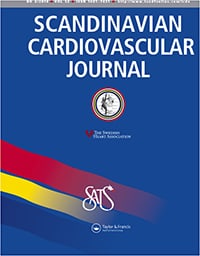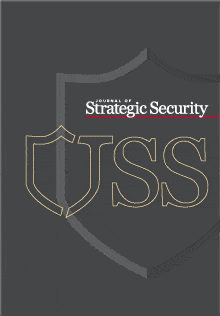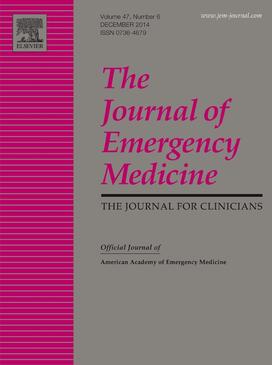Iran-Russia ties: Never better but maybe not forever?
Iran and Russia may both have a strong strategic interest in reducing U.S. influence in the region, but there are no guarantees that the alliance between them is a permanent one.

Iran and Russia may both have a strong strategic interest in reducing U.S. influence in the region, but there are no guarantees that the alliance between them is a permanent one.

Objectives Pericarditis, takotsubo cardiomyopathy and early repolarization syndrome (ERS) are well-known to mimic ST elevation myocardial infarction (STEMI). We aimed to study whether ECG findings of reciprocal ST depression, PR depression, ST-segment convexity or terminal QRS distortion can discriminate between ST elevation due to ischemia and non-ischemic conditions. Design Eighty-five patients with STEMI and 94…
![“To crush gang criminality, the Malmö Police must focus on location and person.” [Swedish]](https://ardavan.se/wp-content/uploads/2018/08/Sydsvenskan_logo-500x500-1.png)
In recent years, Sweden has tightened its legislation in a number of areas which provides the society good opportunities for combating street violence, writes Criminologist Ardavan Khoshnood.

Objectives Guidelines recommend a single high-sensitivity cardiac troponin T (hs-cTnT) ≤14 ng/L measured ≥6 h after chest pain onset combined with a GRACE score <140 and the patient being pain-free for ruling out myocardial infarction (MI). There is however little data on the performance of this strategy. We therefore aimed to evaluate the diagnostic accuracy of a…

Lone-actor terrorism is a growing threat in Western European countries as the numbers of lone-actor terrorist attacks have multiplied over the last 15 years. However, knowledge on this type of terrorism is insufficient. This current study evaluates whether there are any common personal, social, psychological, and operational characteristics among lone-actor terrorists (LATs) and whether any…

Background The cornerstones in the assessment of emergency department (ED) patients with suspected acute coronary syndrome (ACS) are patient history and physical examination, electrocardiogram, and cardiac troponins. Although there are several prior studies on this subject, they have in some cases produced inconsistent results. Objective The aim of this study was to evaluate the diagnostic…
![Power Vaccum Behind the Firearm-Related Deadly Violence [Swedish]](https://ardavan.se/wp-content/uploads/2019/12/di.png)
There are few indications that the wave of shootings in Swedish cities has reached its peak. The violence is basically related to the drug trade, but also has a self-reinforcing feature where revenge and honor are at the center, writes Ardavan Khoshnood, criminologist at Malmö University.
![Wallström should have not met Zarif [Swedish]](https://ardavan.se/wp-content/uploads/2018/11/svd-logo.jpg)
Because of several reasons, Margot Wallström should have abstained from the meeting with Mohammad Javad Zarif. The Islamic regime already has enough forums to pursue its political agenda. When the meeting still takes place, Wallström must highlight important criticisms, write Arvin Khoshnood and Ardavan Khoshnood.
![“This is how Malmö has diminished violent crimes” [Swedish]](https://ardavan.se/wp-content/uploads/2019/12/dn.png)
In the last three years, Malmö has had 26 fatal shootings. After that the police became tougher with among other an effective reconnaissance work, point marking of leading criminals, cooperation with other authorities and an investment in defector activities, violence with firearms has decreased significantly, writes criminologist Ardavan Khoshnood.